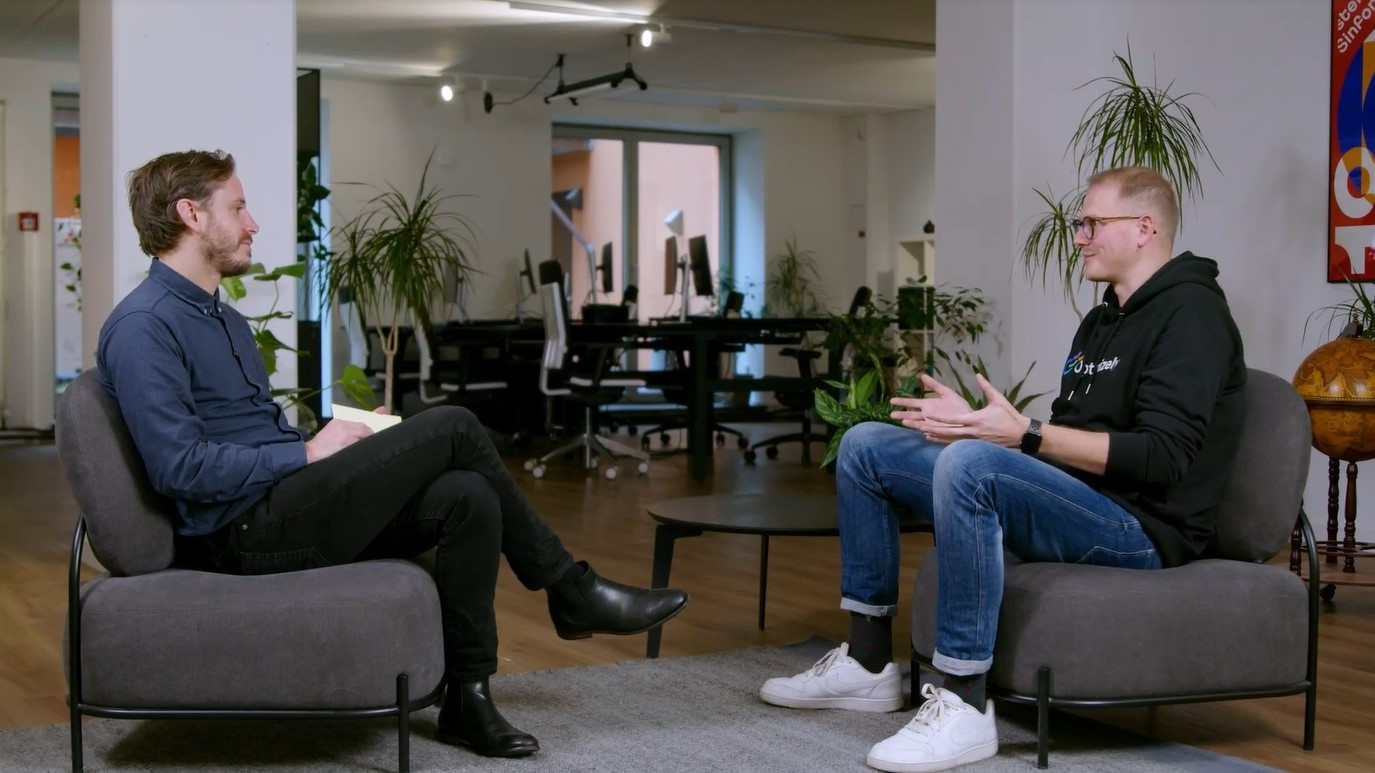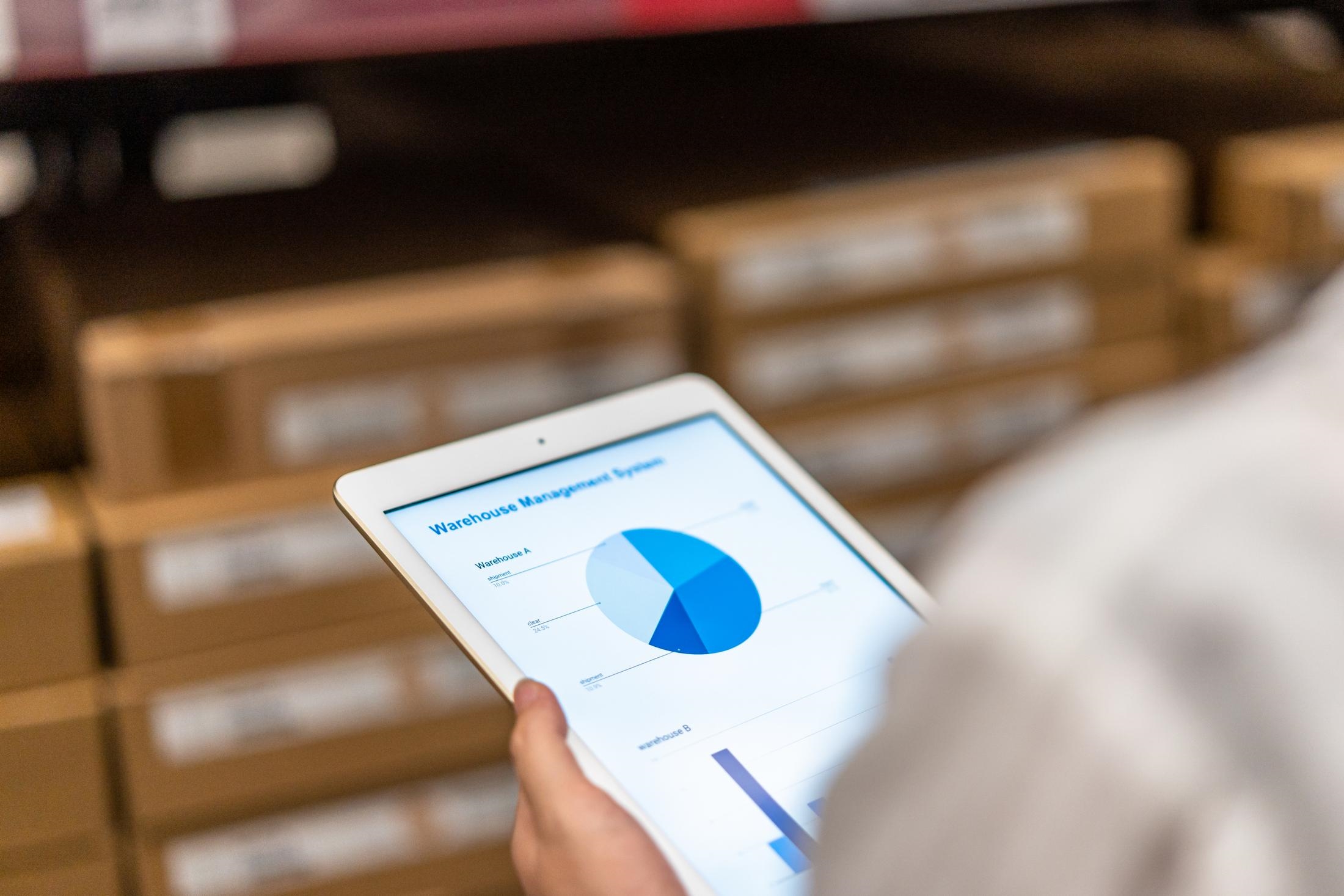4 ways to revolutionize your B2B ecommerce

The pandemic has rapidly accelerated digital adoption across industries, and B2B ecommerce has stepped up to fill the freshly revealed inefficiencies in conventional supply chains. Last year B2B ecommerce sales worldwide amounted to $1.1 trillion, and in 2024 that amount is expected to hit double digits. Companies are already investing deeply in ecommerce platforms that they hope will turn them into serious contenders on the digital stage.
Optimizely's Product Management Director, Marc Bohnes, and Dept's Head of Strategy and Innovation, Philipp Bruns, sat down to share their insights on how the B2B commerce landscape is changing towards a more B2C customer experience.

To help you revolutionize your B2B ecommerce platforms, they listed four ways to get you started:
#1 Create a B2C experience for your B2B customers
A B2C customer is taken along a compelling brand journey and wooed by showing how much the brand cares about the customers' pain points and aspirations. Why not do the same for B2B customers? After all, B2B customers are also B2C customers when they're not interacting with B2B brands.
Whether it's shipment concerns or complicated orders, these issues can be solved in a better and more engaging way than is often the case in B2B commerce. B2B companies can make transactions easier and seamless by deploying a single-sign-on feature or offering bespoke services so that customers receive a holistic experience that makes the procurement process easy. It's important to remember that B2B products may be dry, but the customers' interaction shouldn't be. B2B customers are humans, never forget that when creating experiences for them.
#2 Personalized your interaction
A personalized digital experience is no longer limited to B2C, and it shouldn't be in the first place. It's like saying excellent customer service is only for B2C and not B2B. In the digital age, consumer brands set themselves apart by offering personalized digital experiences that speak to the customers based on their preferences. And the B2B industry should follow suit.
B2B companies need to reconsider using generic and cold approaches when interacting with customers as more and more B2B customers demand a personalized experience. According to Accenture, 73% of B2B executives polled state that a growing number of customers want their interaction with B2B brands to be more personalized than a few years ago. The power of personalization enables companies to offer specific and relevant content, including product recommendations based on the audience's preferences and online behavior.
Personalization is a personal touch that differentiates one B2B business from the competition. Like B2C customers show brand loyalty, B2B customers are also looking for a long-term business relationship with a company that knows them.
#3 Understand your strengths
When faced with outside competition, it's natural for businesses to go the easy way by lowering their prices to try and remain competitive. But continuously lowering prices isn't sustainable in the long term.
Instead, companies should take a step back and look at what they can do well and what they want to be associated with within the long run – and then leverage the potential of B2B ecommerce platforms to boost these aspects.
Whether it's fantastic after-sales service that includes online training workshops and free upgrades, excellent customer care that covers technicians available for calls 24/7, or a slew of other options, these services can elevate a company over the competition. And all of this can be implemented at scale with the right technology.
This is an opportunity for B2B companies to use the right technology to create a holistic digital experience that really engages both current and potential customers. The average B2B company makes up 30% of its revenue from existing customers, and on the flip side, 40% to 50% of companies remain loyal to their suppliers for at least five years. Because of the long-term nature of B2B relationships, customers are more likely to be loyal and look for partners that can add value.

#4 Stay on your toes
Adopting digital processes is only the first step in being a successful B2B ecommerce participant. Apart from meeting online customers' expectations, businesses need to be alert on the evolving nature of digital commerce. Continuous improvement is necessary to fulfil customers' expectations and keep businesses ahead of the curve.
There are several ways companies can continue to impress and engage B2B customers, whether expanding ecommerce to include an omnichannel marketing approach, participating in online marketplaces, or applying contextualized real-time pricing. Companies need to keep up to date with B2B ecommerce trends to deploy business strategies with a competitive edge.
Like almost every aspect of digitalization, B2B ecommerce shows a lot of growth that isn't expected to slow down anytime soon. The world is an oyster to companies that are willing to invest, not just in funds, but in being customer-centric and creating engaging and appealing B2B ecommerce platforms.
To learn more about how you can elevate your B2B commerce from boring to slick, impactful and engaging, watch the full discussion Raising the game of B2B commerce – complex doesn't have to mean boring, presented by Optimizely and Dept.



